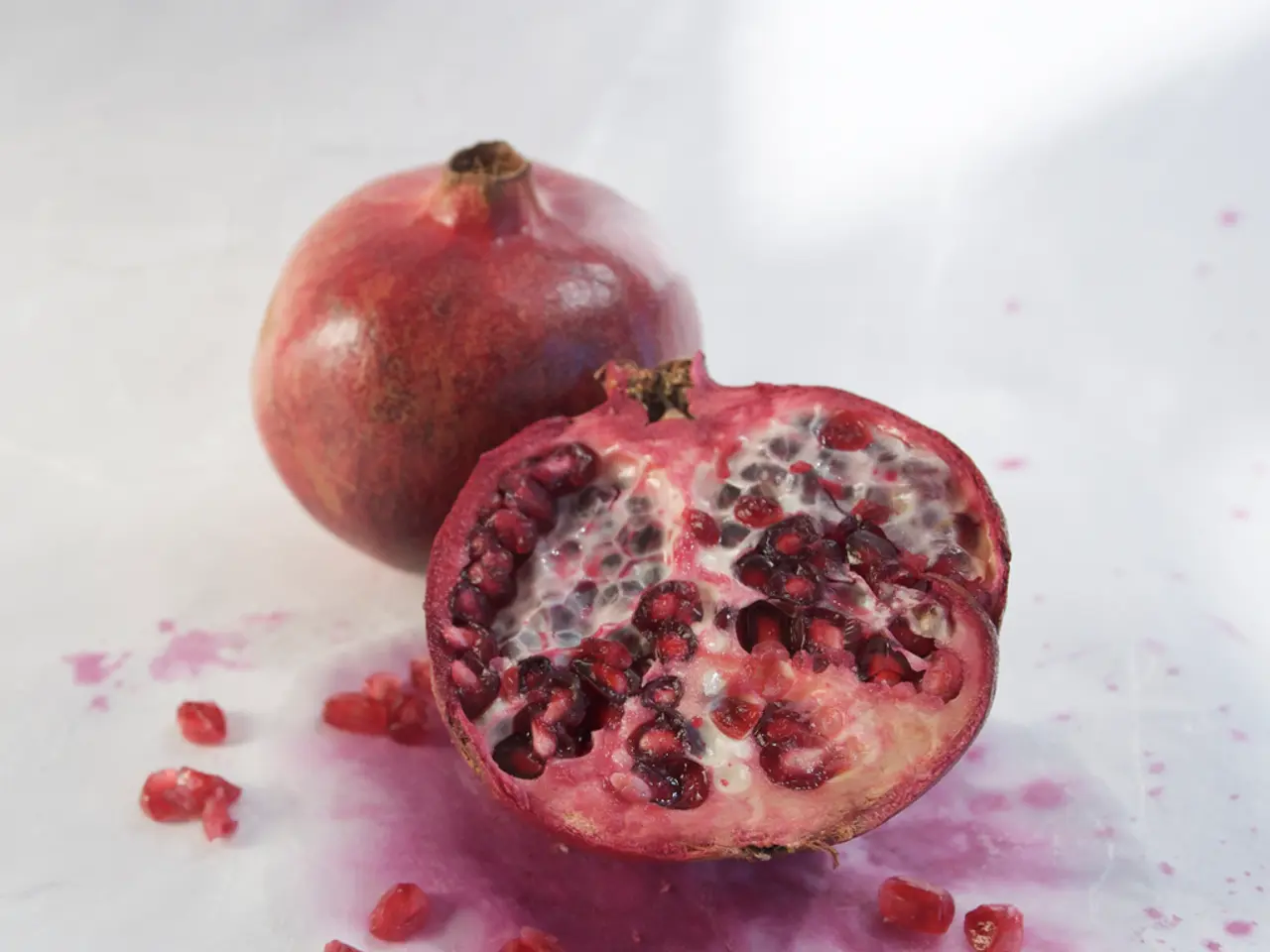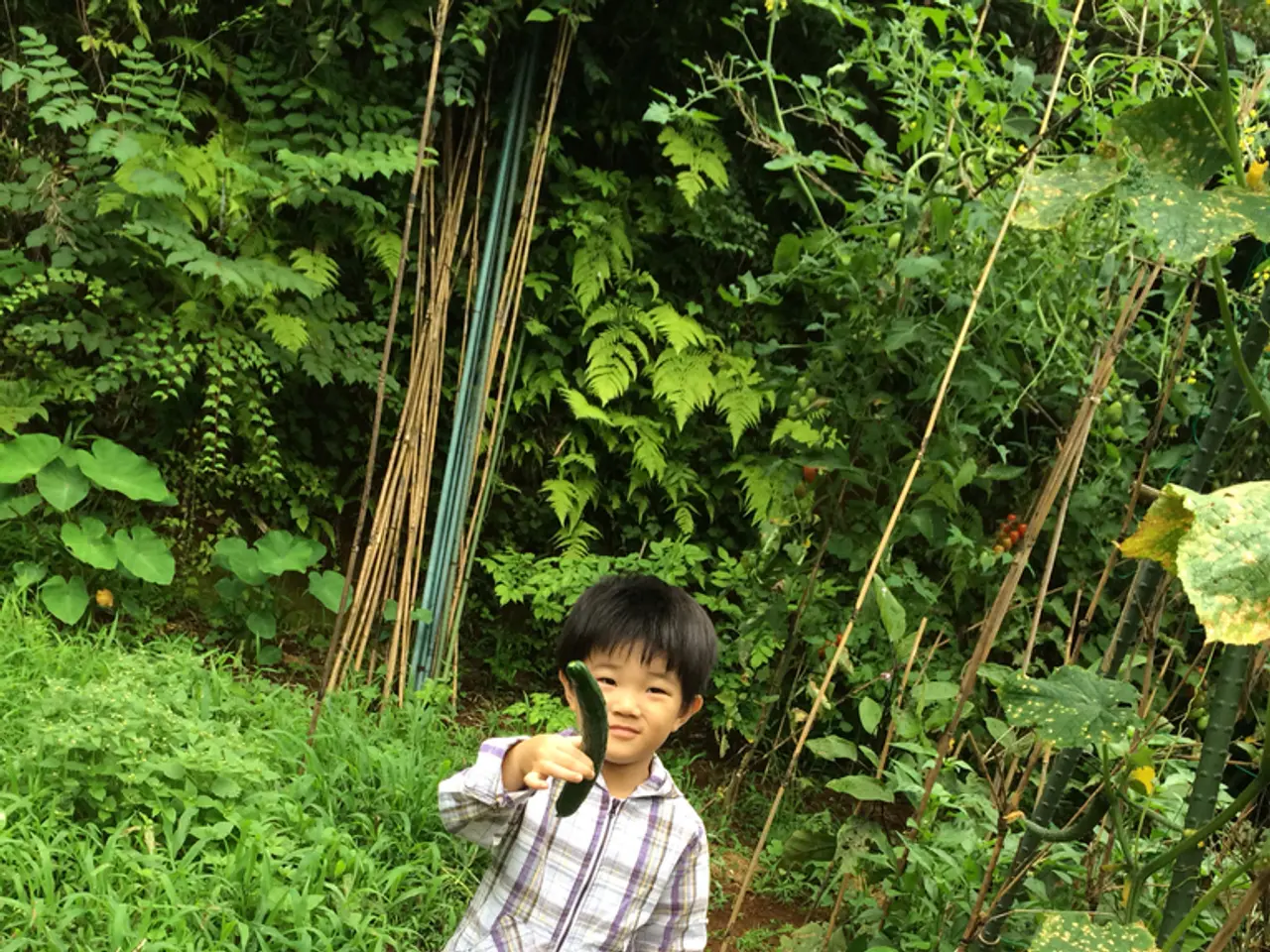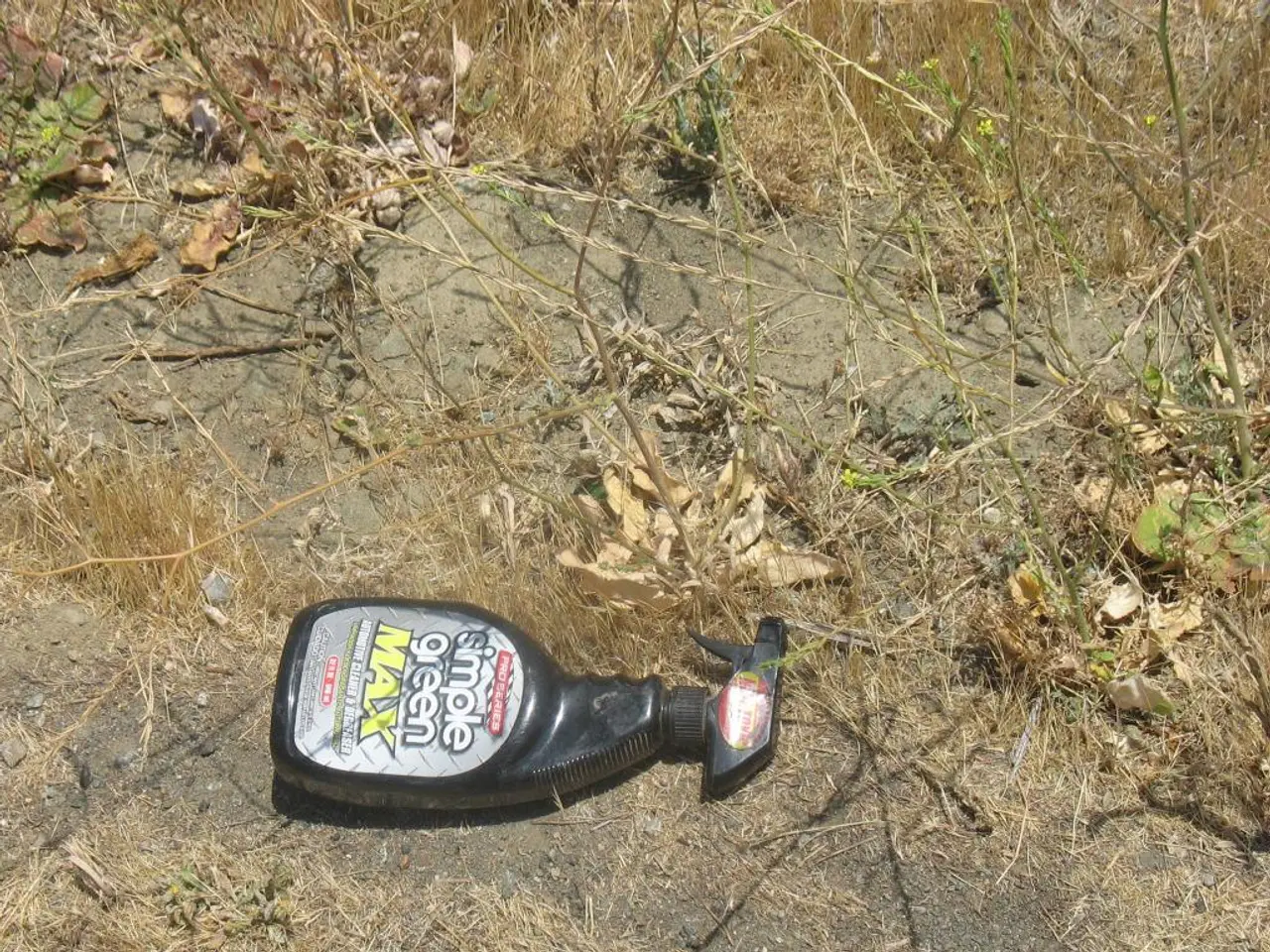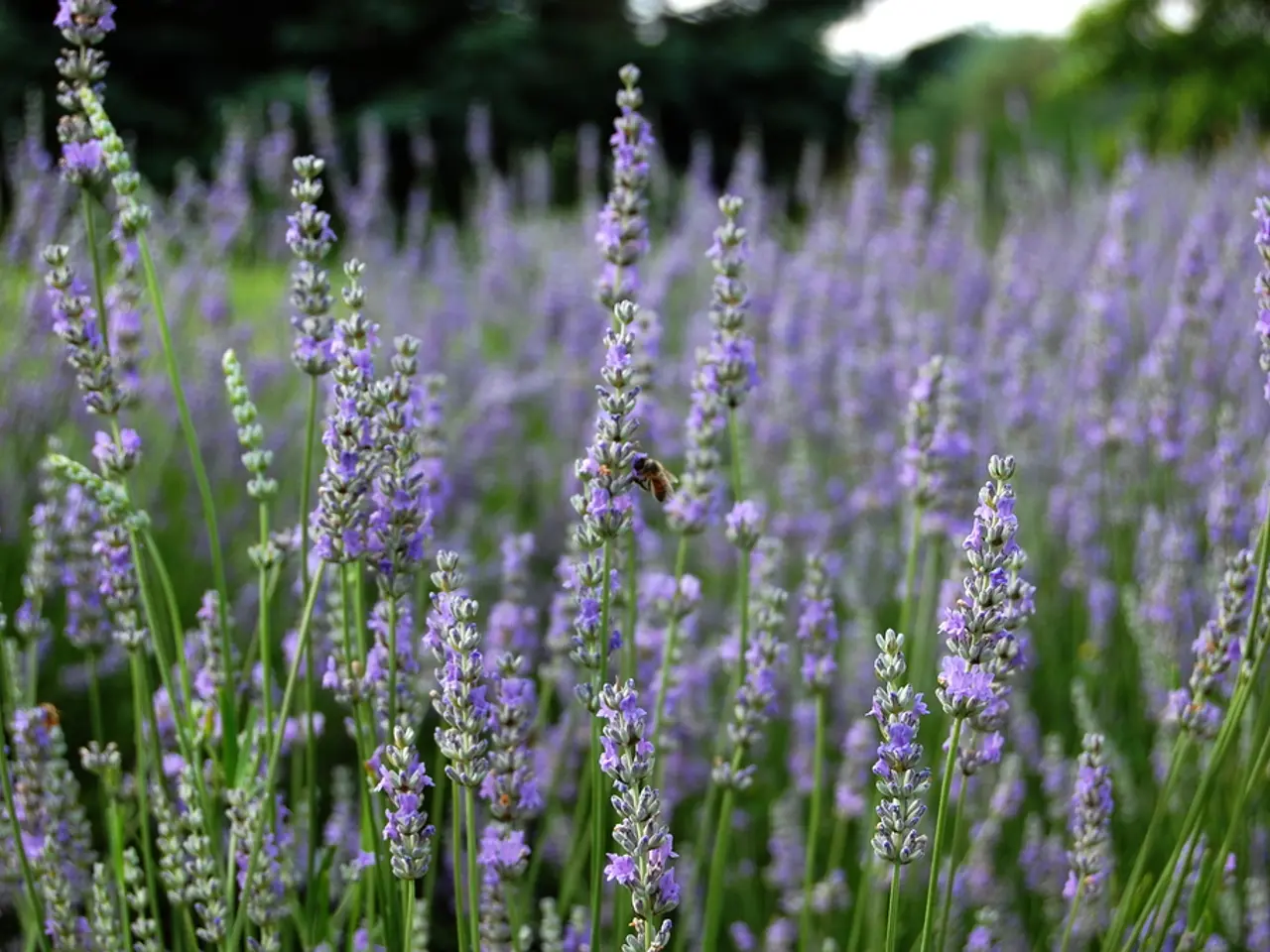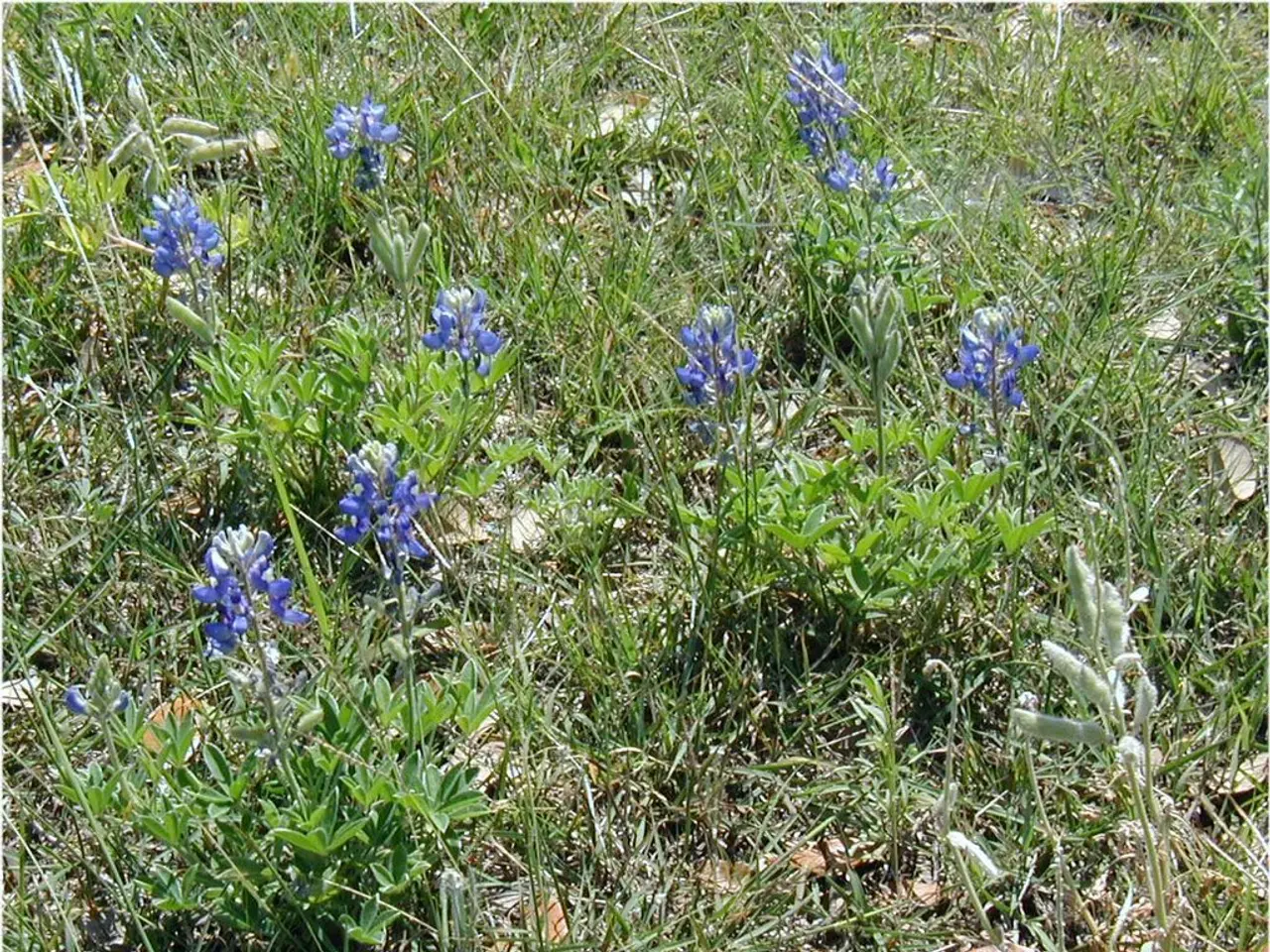Harvesting Snapdragon Seeds: A Guide for Long-Term Bloom Continuity
In the heart of the growing season, as snapdragons (Antirrhinum majus) dazzle gardens with their vibrant blooms, many gardeners wonder about saving seeds for the next year. Here's a step-by-step guide on how to harvest and store snapdragon seeds, ensuring a bounty of beautiful flowers for the following spring.
First and foremost, it's essential to choose the best snapdragons for seed harvesting. Opt for healthy, vigorous plants that have grown well, are disease-free, and show strong flowering traits. These qualities are more likely to be passed on to the seeds. Additionally, consider varieties that are suited to your climate, as some snapdragons are less sensitive to day length and easier to grow consistently.
To harvest the seeds, select a healthy plant that you like and want to propagate. Wait for the flowers to dry on the plant and form seed pods. The seeds should be collected when pods turn brown and start to split open but before they fall to the ground. To make the process easier, collect the seeds over a white piece of paper or into a bag.
Once the seeds are collected, it's crucial to completely dry them before storing. This step is vital in preventing moisture, the main factor in keeping snapdragon seeds viable. You can then store the seeds in a paper bag, envelope, or sealed plastic container. For long-term storage, use airtight containers to protect against humidity and pests.
In terms of storage conditions, keep seeds in a cool, dark place. Ideal temperatures are between 32°F (0°C) and 41°F (5°C), but room temperature in a stable environment can also work if refrigeration is unavailable. Avoid places with fluctuating temperature and humidity like garages or damp basements.
By selecting robust snapdragon varieties, harvesting mature seeds carefully, and storing them in cool, dry, and dark conditions in airtight containers, you can ensure high germination rates and healthy plants for the next growing season.
For those seeking a taller variety, White Giant offers one of the tallest and most spectacular flower stalks, up to 4 feet (1.2 m) tall with white blooms. On the other hand, Costa Silver is a medium-height variety with beautiful white flowers that develop a pink blush. The seeds are very small, black, and round, resembling poppy seeds.
It's important to note that domesticated snapdragons self-pollinate, so you will get new plants true to the parent they came from. There's no need to sort through snapdragon seeds to find the best-looking ones.
Lastly, to grow snapdragons from seeds, start them indoors 6-12 weeks before the last frost date. Seeds need light to germinate, so press them onto the soil surface and provide bright light for about 16 hours per day. Pinch off the top of seedlings when they have about six true leaves to encourage bushier growth before transplanting outdoors a couple of weeks before the last frost.
By following these expert tips, you'll be well on your way to enjoying another season of snapdragon blooms!
Incorporating snapdragons in your home-and-garden or home gardening lifestyle can lead to an abundance of vibrant flowers for the upcoming season. To achieve this, it's crucial to grow and propagate tall and beautiful varieties like White Giant or Costa Silver, known for their stunning white blooms and small, black, round seeds.
